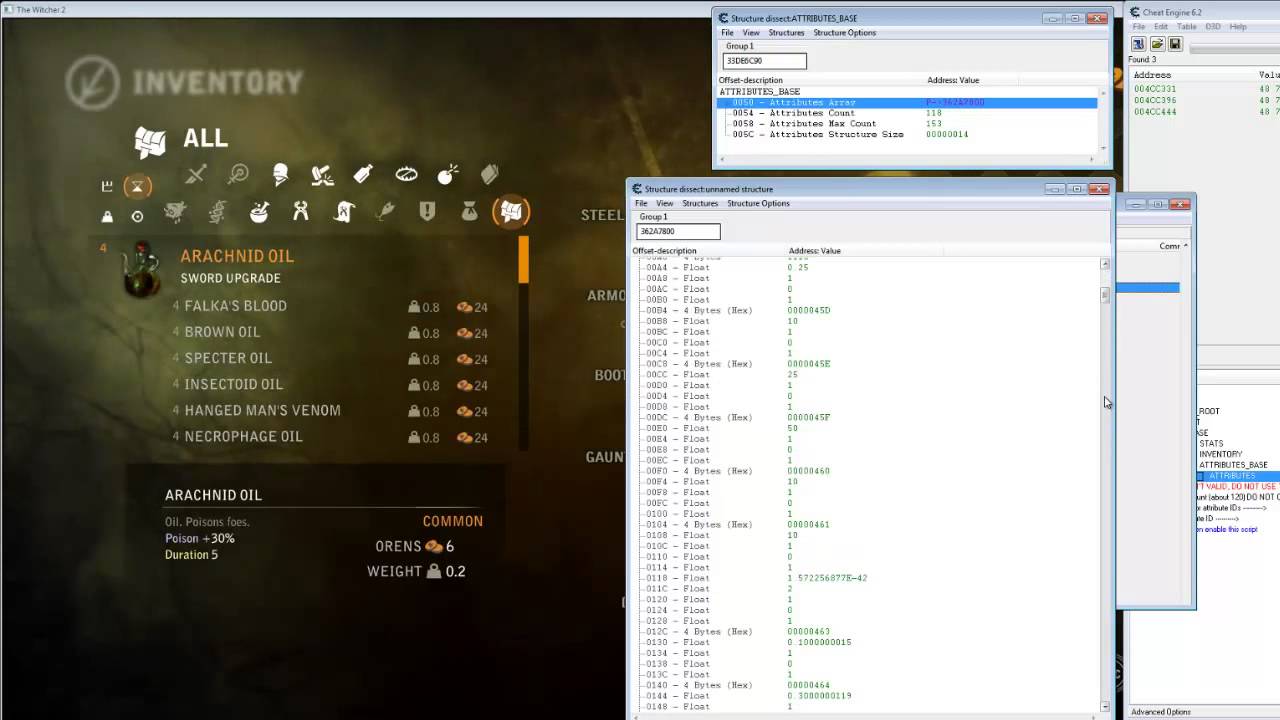

In 1545, the Diet of Augsburg declared that "whosoever kills a Gypsy (Romani), will be guilty of no murder".
#CALL OF ROMA CHEATS SERIES#
The first anti-Romani legislation was issued in the March of Moravia in 1538, and three years later, Ferdinand I ordered that Romani in his realm be expelled after a series of fires in Prague. In this atmosphere, they were expelled from many locations and increasingly adopted a nomadic way of life. In Royal Hungary in the 16th century at the time of the Turkish occupation, the Crown developed strong anti-Romani policies, since these people were considered suspect as possible Turkish spies or as a fifth column. The origin of their name is allegedly linked to the ancient region of Dacia, a former kingdom and posteriorly a Roman province. Hugo claimed that traces of this group can be found in the penal laws passed by Spanish and English governments. They were also identified as the Comprachicos or Comprapequeños (meaning "boy-buyers") in Victor Hugo's The Man Who Laughs. The term itself used to be, along with gitanos, a Spanish name for Roma. The Dacianos are cited to have inhabited parts of Spain for several hundred years.
#CALL OF ROMA CHEATS PROFESSIONAL#
They are also referred to as a criminal society that lasted until the 18th century, maiming children so they could be sold as professional beggars. They purportedly specialised in child-stealing and the manufacture of human freaks. The Dacianos formed the mythical group of European wanderers, said to be a caste of the Romani.

As the Ottoman Empire expanded, it relegated the Romani, who were seen as having "no visible permanent professional affiliation", to the lowest rung of the social ladder. īy the 16th century, many Romani who lived in Eastern and Central Europe worked as musicians, metal craftsmen, and soldiers. In these countries extensive legislation was developed that classified Roma into different groups, according to their tasks as slaves.

Įnslavement of Roma, mostly taken as prisoners of war, in the Danubian Principalities is first documented in the late 15th century. who are inspired satanically and pretend to predict the unknown". Read on to learn more about translating Roman numbers.In the early 13th-century Byzantine records, the Atsínganoi are mentioned as "wizards. You can use either capital or lowercase letters to write Roman numerals.Īs you add more numbers, the math gets more and more important, but not much more complicated.


 0 kommentar(er)
0 kommentar(er)
